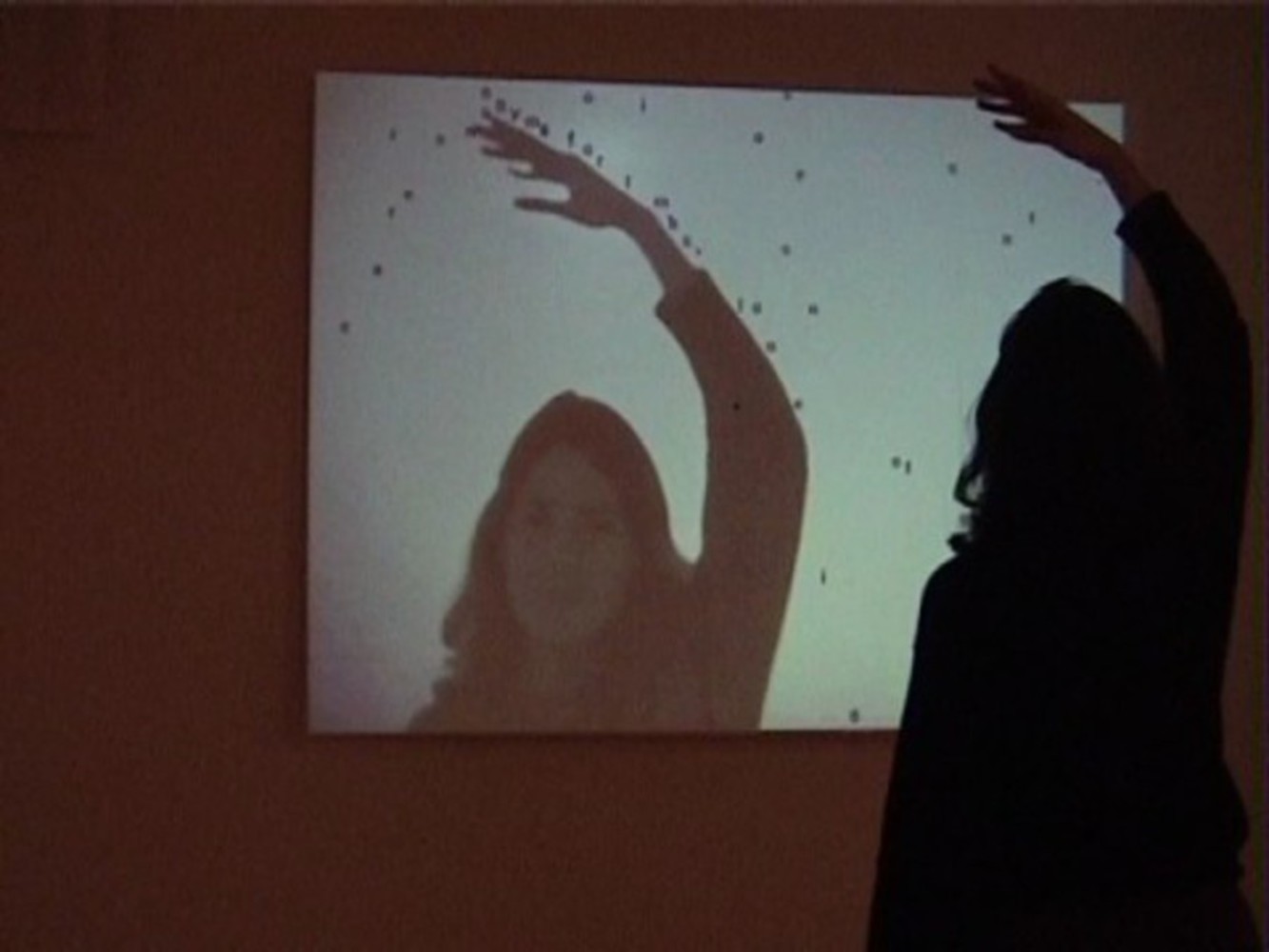Intention
Our group wanted to create an entertaining interactive performance in which the viewers had a direct impact on the ending. The ending that the viewers decided on would be only one of multiple endings to keep a fresh feel when going through the story multiple times. We wanted to create this because we felt that an interactive choose-your-own adventure story yields a very entertaining performance for the viewers. We took a comic approach to the adventure as we thought comedy would yield the best results in a short 3-minute performance. As for the subject, we thought relating it to college would have the viewers relate to the setting. However, we decided to use extreme wacky scenarios that would never happen to the normal college student as we thought that would add to the comedic side of the story, and keep the viewers interested in the outcome. We also decided to name our protagonist after our professor to further add to our comedic approach as we thought that both the professor and the students would enjoy. In summary, our intention was to take a comedic approach to a branching choose -your-adventure to both entertain the audience, and leave them desiring to see a different path when they end their first few paths.
